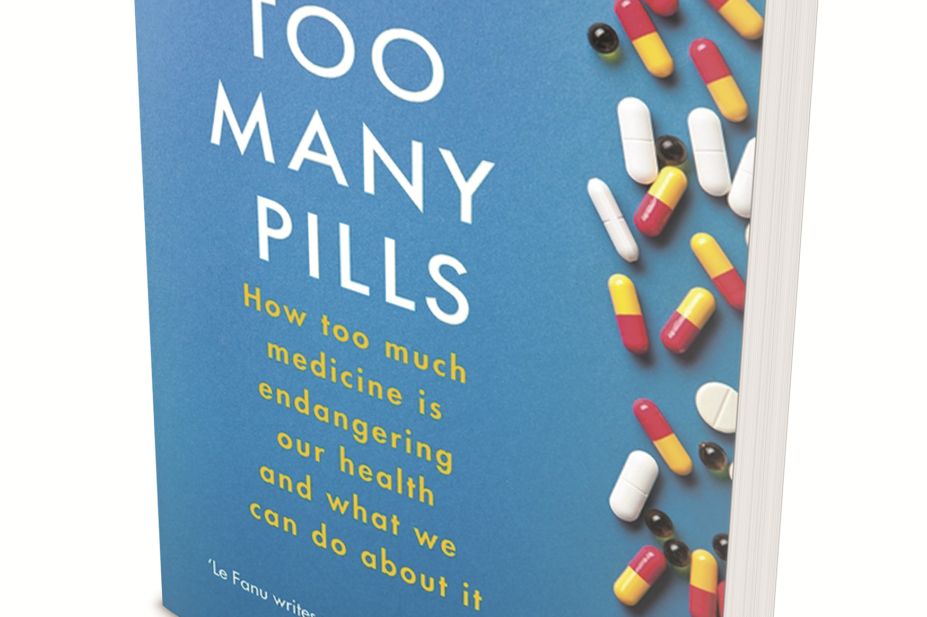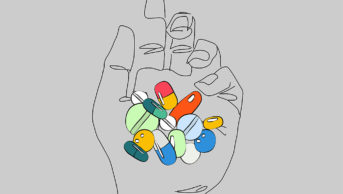
According to the new book Too many pills: How too much medicine is endangering our health and what can be done about it by retired GP James Le Fanu, the level of polypharmacy prescribing has increased three-fold over the past 15 years.
We are living longer and subsequently we fall victim to a range of age-related ailments that require treatment, but Le Fanu argues that the rise of polypharmacy mainly results from an extension of treatment thresholds; even those with mildly elevated cholesterol, glucose and blood pressure now qualify for therapy. Indeed, he presents data that clearly illustrate that the biggest increase in prescriptions has been for statins, diabetic and antihypertensive treatments.
While patients undoubtedly benefit from these treatments, Le Fanu makes the point that far more will suffer iatrogenic side effects which lead to a life of misery, a point emphasised throughout the book by examples of patients’ experiences of polypharmacy. Le Fanu describes how the problem of iatrogenic illness was first explored nearly 40 years ago when, over a two-year period, a GP documented the effect in all patients for whom he prescribed a new drug — 40% of patients reported symptoms that were probably associated with the use of a new drug.
So how did we arrive at this sad state of affairs? Le Fanu places the blame at the door of both big pharma and the government: the former for the subterfuge they employed in a desire to increase sales and the latter for introducing a new contract that perversely rewarded GPs for medicating patients.
The following chapters take a closer look at the evidence that informed the greater prescribing of statins, antihypertensives and diabetic treatments. In short, the evidence is not very robust and the author clearly illustrates how the age-old trick of presenting relative rather than absolute risk vastly inflates the actual benefits of a treatment. This seems to be true for all three major classes of drugs, but perhaps what is more concerning is that in the absence of objectivity, treatment guidelines were revised so that the level at which therapy was initiated became even lower. A definite win-win for the pharmaceutical industry. A similar picture emerges for the use of antihypertensives and diabetic treatments. The new GP contract in 2004 also comes under fire for rewarding and incentivising GPs for prescribing treatments through the quality and outcomes framework, which he defines as “quite obviously flawed” since it appears to have had no real impact on improving survival.
Finally, Le Fanu argues that GPs need to prescribe fewer treatments and appreciate that the actual benefit for most patients is minimal. But in an increasingly litigious society, I think it unlikely that the average GP would stop a patient’s antihypertensives or statins.
Overall, this is a fascinating book that provides a create deal of information and is fully referenced. Although, as pharmacists, we too are rewarded for the number of prescription items dispensed, perhaps it is time for us to reflect and recognise the true (or lack of) value of the majority of treatments prescribed.
Rod Tucker
References
Too many pills: How too much medicine is endangering our health and what can be done about it, by James Le Fanu. Pp 263. £13.99: Little, Brown: London; 2018. ISBN 978-1408-709-77-1
You may also be interested in

Almost 40% of older adults with polypharmacy given inappropriate prescription when starting treatment for type 2 diabetes, study finds

Our multidisciplinary approach helped tackle polypharmacy in older patients
